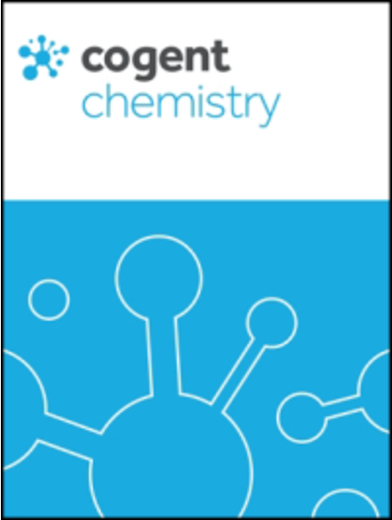Modeling the characteristics and quantification of adulterants in gasoline using FTIR spectroscopy and chemometric calibrations
引用次数: 11
Abstract
Abstract The criminal act of fuel (gasoline) adulteration still remains a global worry due to its environmental, health and economic effect. Current methods for the detection of fuel adulteration have not been effective in most developing countries due to the associated cost of implementation. Therefore, there is the need for a fast, reliable and cheaper approach for screening of adulterants in fuel. This study combined FTIR analyses with Chemometric (multivariate) techniques for qualitative and quantitative determination of four possible adulterants: kerosene, diesel, naphtha and premix in gasoline. Synthetic admixtures prepared by mixing the gasoline with varying proportions of the adulterants were obtained and used for the model calibration. Soft Independent Modeling Class Analogy (SIMCA) classification and Partial Least Square (PLS) regression methods were the Chemometric techniques employed. The SIMCA classification model developed predicted the type of adulterant present at an error rate of 6.25% for Kerosene and naphtha, and 12.5% for premix. However, no prediction error was recorded for classifying samples contaminated with diesel. The PLS regression model was able to predict the concentrations of adulterant with prediction errors lower than 5% for all adulterants considered. Applying the models to commercial gasoline samples collected from a Metropolis in Ghana revealed 7% gasoline adulteration with kerosene (4%), premix (2%) or diesel (1%). No adulteration with naphtha was detected. The FTIR-Chemometric approach proved a fast and cheaper method for detection of adulteration which can be adopted by quality assurance and monitoring laboratories for forensic screening of gasoline in Ghana利用FTIR光谱和化学计量校准模拟汽油中掺杂物的特性和定量
摘要燃料(汽油)掺假犯罪行为因其对环境、健康和经济的影响,仍然是全球关注的焦点。由于实施成本高昂,目前检测燃料掺假的方法在大多数发展中国家并不有效。因此,需要一种快速、可靠和廉价的方法来筛查燃料中的掺杂物。本研究将FTIR分析与化学计量(多元)技术相结合,定性和定量测定了汽油中四种可能的掺杂物:煤油、柴油、石脑油和预混物。通过将汽油与不同比例的掺杂物混合制备合成外加剂,并将其用于模型校准。采用了软独立建模类类比(SIMCA)分类和偏最小二乘(PLS)回归方法。所开发的SIMCA分类模型预测了掺杂物的类型,煤油和石脑油的错误率为6.25%,预混料的错误率则为12.5%。然而,在对被柴油污染的样品进行分类时,没有记录到预测误差。PLS回归模型能够预测掺杂物的浓度,对于所有考虑的掺杂物,预测误差都低于5%。将模型应用于从加纳一个大都市收集的商用汽油样本,发现7%的汽油掺有煤油(4%)、预混料(2%)或柴油(1%)。未检测到石脑油掺假。FTIR化学计量法被证明是一种快速、廉价的掺假检测方法,加纳的质量保证和监测实验室可以采用该方法对汽油进行法医筛查
本文章由计算机程序翻译,如有差异,请以英文原文为准。
求助全文
约1分钟内获得全文
求助全文

 求助内容:
求助内容: 应助结果提醒方式:
应助结果提醒方式:


